- With standard equipment
- With safety pack
Find more information in the General Comments section of the assessment
Find more information in the Rating Validity tab of the assessment
-
Adult Occupant
See More 91%
91% -
Child Occupant
See More 90%
90% -
Vulnerable Road Users
See More 78%
78% -
Safety Assist
See More 78%
78%
- Good
- Adequate
- Marginal
- Weak
- Poor
 Passenger
Passenger
 Driver
Driver
 Rear Passenger
Rear Passenger
 Driver
Driver
 Car
Car
 Pole
Pole
 Rear Seat
Rear Seat
 Front Seat
Front Seat
- Good
- Adequate
- Marginal
- Weak
- Poor


Passenger
outboard
center
Fitted to the vehicle as standard
Not fitted to the test vehicle but available as option
Not Available
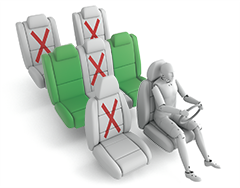
-
i-Size CRS
-
ISOFIX CRS
-
Universal Belted CRS
Easy
Difficult
Safety critical
Not allowed
| Seat Position | ||||||
|---|---|---|---|---|---|---|
| Front | 2nd row | 3rd row | ||||
| Passenger | Left | center | Right | Left | Right | |
| Maxi Cosi 2way Pearl & 2wayFix (rearward) (iSize) | ||||||
| Maxi Cosi 2way Pearl & 2wayFix (forward) (iSize) | ||||||
| BeSafe iZi Kid X2 i-Size (iSize) | ||||||
| BeSafe iZi Flex FIX i-Size (iSize) | ||||||
| Maxi Cosi Cabriofix & FamilyFix (ISOFIX) | ||||||
| BeSafe iZi Kid X4 ISOfix (ISOFIX) | ||||||
| Britax Römer Duo Plus (ISOFIX) | ||||||
| Britax Römer KidFix XP (ISOFIX) | ||||||
| Maxi Cosi Cabriofix (Belt) | ||||||
| Maxi Cosi Cabriofix & EasyBase2 (Belt) | ||||||
| Britax Römer King II LS (Belt) | ||||||
| Britax Römer KidFix XP (Belt) | ||||||
Easy
Difficult
Safety critical
Not allowed
In the frontal test, protection of all critical body areas was good for both dummies, apart from the neck of the 10 year dummy, protection of which was marginal. In the side barrier impact, all critical body areas were well protected for both dummies and the GLE scored maximum points in this part of the assessment. The front passenger airbag is automatically disabled to allow a rearward-facing child restraint to be used in that seating position. Mercedes-Benz showed that the system worked robustly and the system was rewarded. All of the restraint types for which the GLE is designed could be properly installed and accommodated in the car.
- Good
- Adequate
- Marginal
- Weak
- Poor

Head Impact 18.1 Pts
Pelvis Impact 2.6 Pts
Leg Impact 6.0 Pts
| System Name | Active Brake Assist | ||
| Type | Auto-Brake with Forward Collision Warning | ||
| Operational From | 7 km/h | ||
| PERFORMANCE | | |||
The bonnet provided good or adequate protection to the head of a struck pedestrian over almost the entire surface. The bumper provided good protection to pedestrians' legs but protection of the pelvis was mixed, with areas of good and poor protection. The GLE's AEB system can detect vulnerable road users like pedestrians and cyclists, as well as other vehicles. In tests of the system's response to pedestrians, performance was good and, in tests of cyclist detection, the GLE scored maximum points.
- Good
- Adequate
- Marginal
- Weak
- Poor
| System Name | Speed Limit Assist |
| Speed Limit Information Function | Camera based |
| Speed Control Function | System advised (accurate to 5km/h) |
| Applies To | All Seats | ||
| Warning | Driver Seat | Front Passenger(s) | Rear Passenger(s) |
| Visual | |||
| Audible | |||
| Occupant Detection | |||
|
|||
| System Name | Active Brake Assist |
| Type | ELK + LKA (including LDW) |
| Operational From | 7 km/h |
| Performance | |
| Emergency Lane Keeping |
Adequate
|
| Lane Keep Assist |
Marginal
|
| Human Machine Interface |
Adequate
|
| System Name | Active Brake Assist | |||
| Type | Autonomous Emergency Braking and Forward Collision Warning | |||
| Operational From | 7 km/h | |||
| Additional Information | Supplementary warning and Restraint activation | |||
- Autobrake function only
- Driver reacts to warning
Autobrake function only
Driver reacts to warning
The GLE has a seatbelt reminder system for the front and rear seats. The AEB system performed well in tests of its response to other vehicles at highway speeds. A camera-based speed assistance system identifies the local speed limit and presents the information to the driver who can then easily set the limiter to the appropriate speed. A lane support system helps to prevent inadvertent drifting out of lane and also intervenes more aggressively in some critical situations.
- Specifications
- Safety Equipment
- Videos
- Advanced Rewards
- Rating Validity
Specifications
Tested Model Mercedes-Benz GLE 350d 4MATIC - AMG Line, LHD
Body Type - 5 door SUV
Year Of Publication 2019
Kerb Weight 2235kg
VIN From Which Rating Applies - WDC1671211A067398
Class Large SUV
Safety Equipment
Note: Other equipment may be available on the vehicle but was not considered in the test year.
Fitted to the vehicle as standard
Fitted to the vehicle as part of the safety pack
Not fitted to the test vehicle but available as option or as part of the safety pack
Not available
Not applicable
Videos
Advanced Rewards

Attention Assist is a drowsiness detection system that warns drivers to prevent them falling asleep momentarily whilst driving. It will prompt them to take a break before it's too late.

Manufacturers take care to ensure that their safety systems are effective for occupants of different sizes and for those sitting in different positions. However, the very best levels of protection can be achieved when the interaction between occupant and restraint systems is optimised. Several manufacturers have developed systems designed to allow a vehicle's protection systems to operate most effectively during an impact.
This technology was partly introduced in the Overall Rating since 2014 as part of AEB Car-to-Car.
Rating Validity
Variants of Model Range
| Body Type | Engine | Model Name/Code | Drivetrain | Rating Applies | |
|---|---|---|---|---|---|
| LHD | RHD | ||||
| 5 door SUV | 2.0 litre diesel | GLE 300 d 4MATIC (incl. Coupé) | 4 x 4 |  |
 |
| 5 door SUV | 3.0 litre diesel | GLE 350 d 4MATIC* (incl. Coupé) | 4 x 4 |  |
 |
| 5 door SUV | 3.0 litre diesel | GLE 400 d 4MATIC (incl. Coupé) | 4 x 4 |  |
 |
| 5 door SUV | 3.0 litre petrol | GLE 450 4MATIC (incl. Coupé) | 4 x 4 |  |
 |
* Tested variant



Find more information in the General Comments section of the assessment
 Share
Share










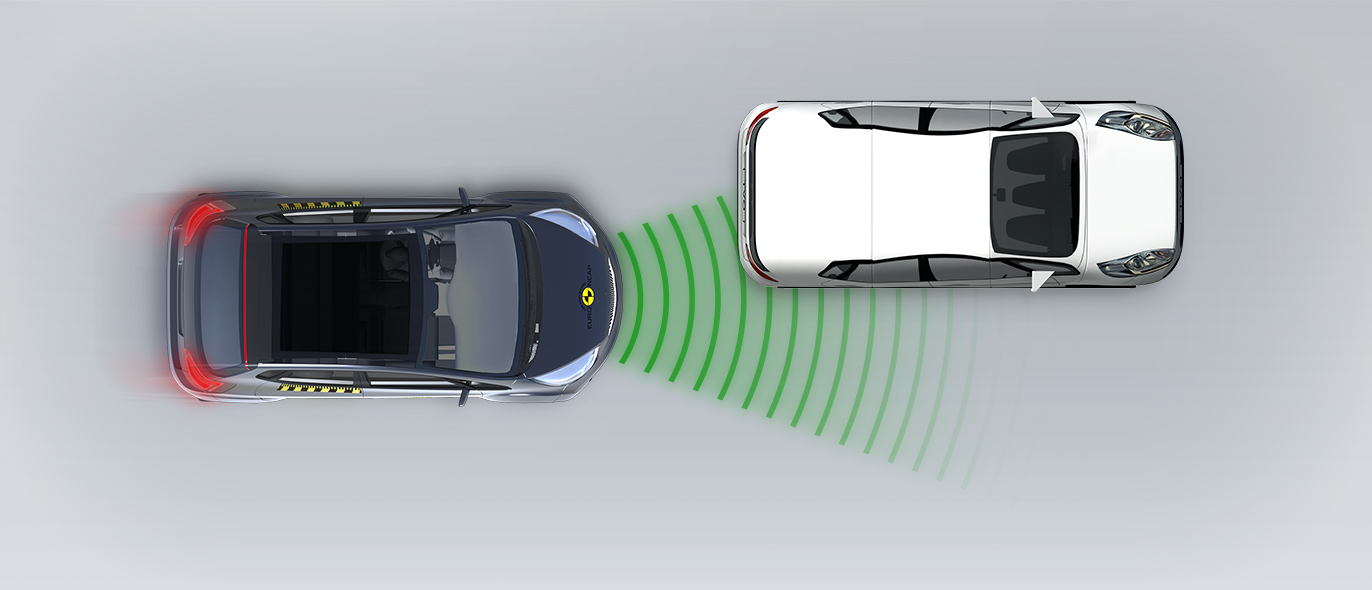
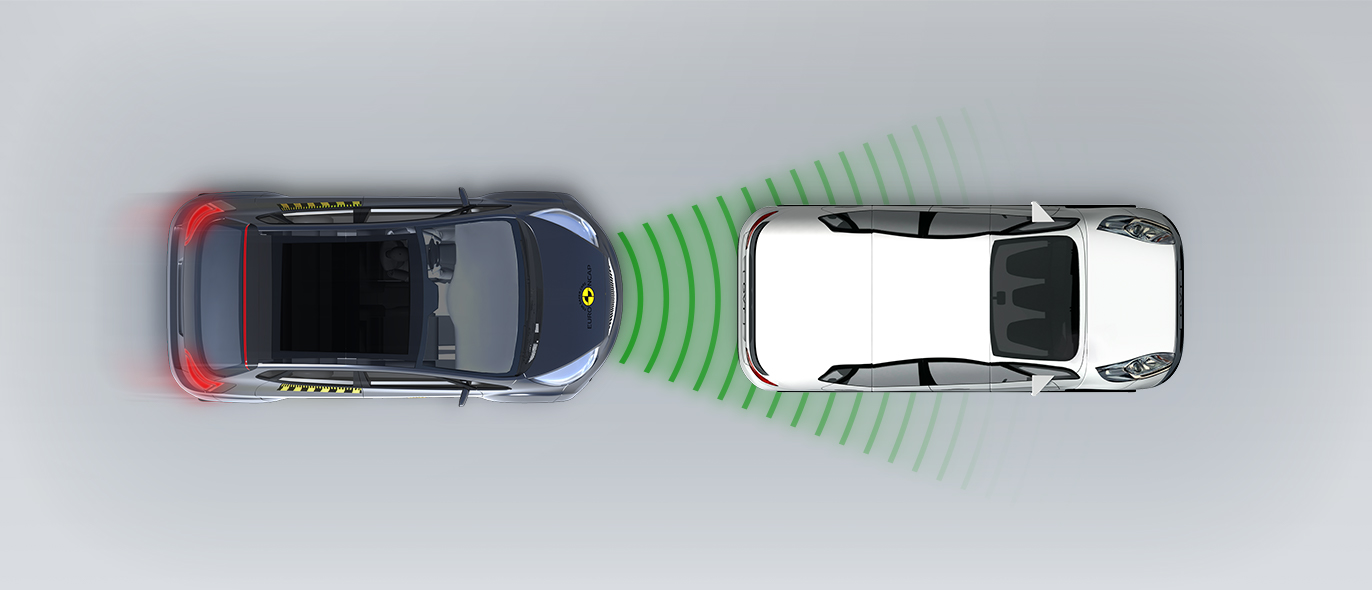
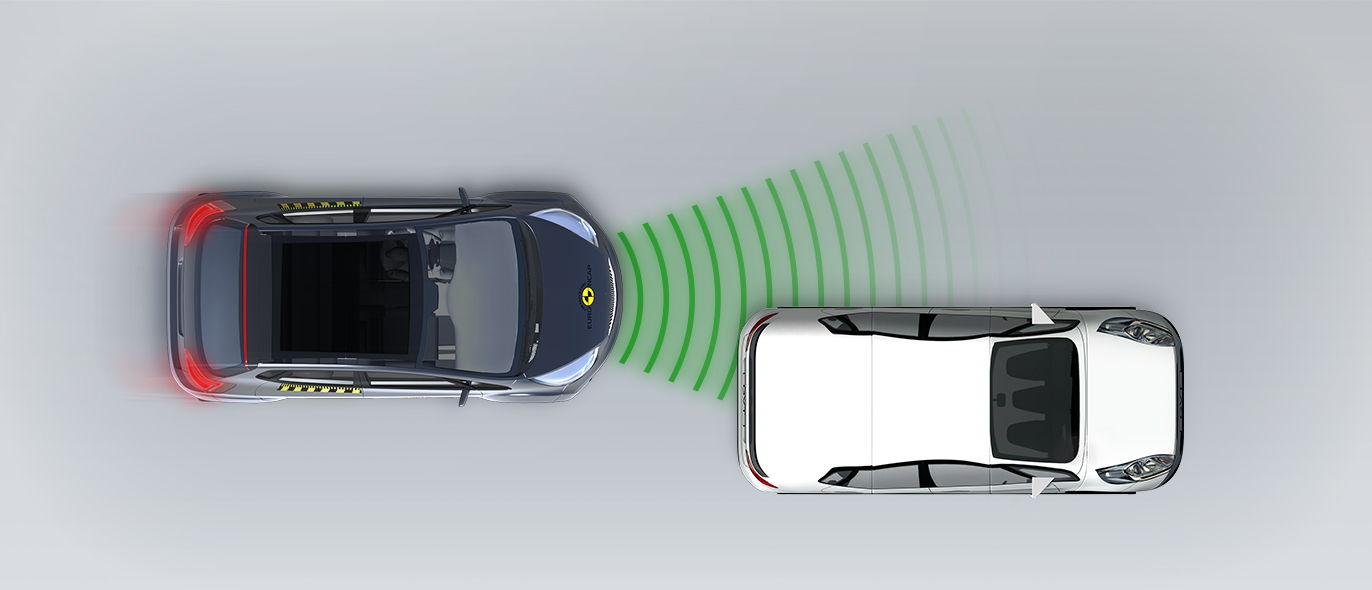

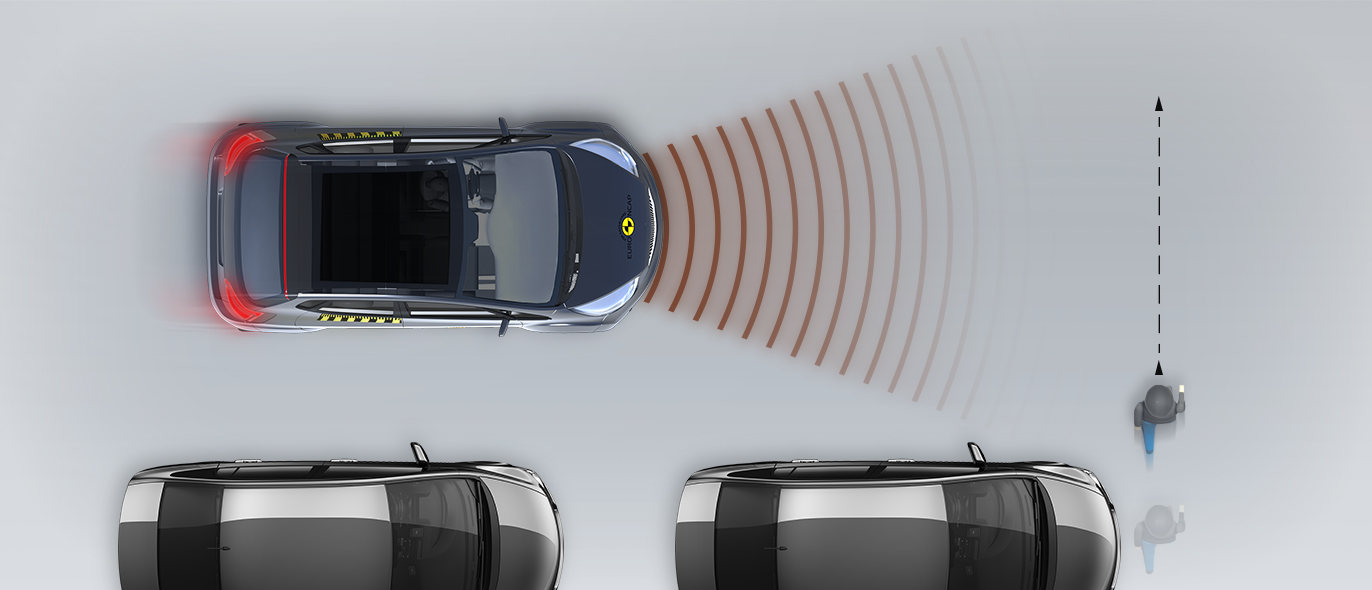



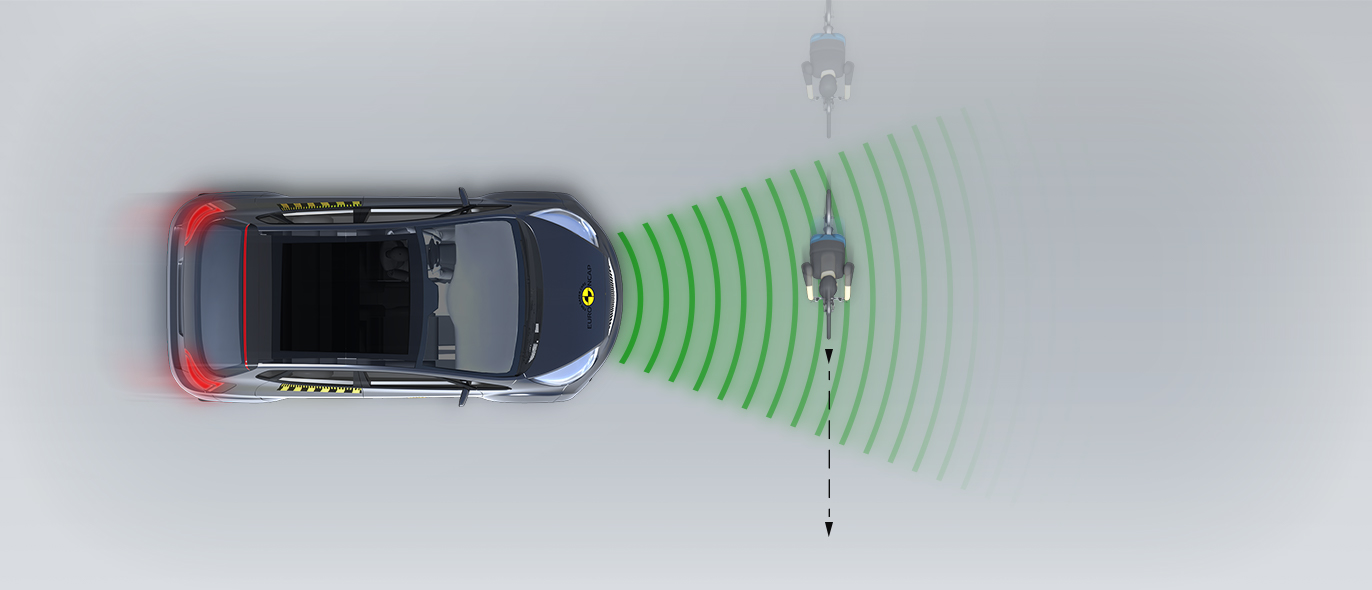





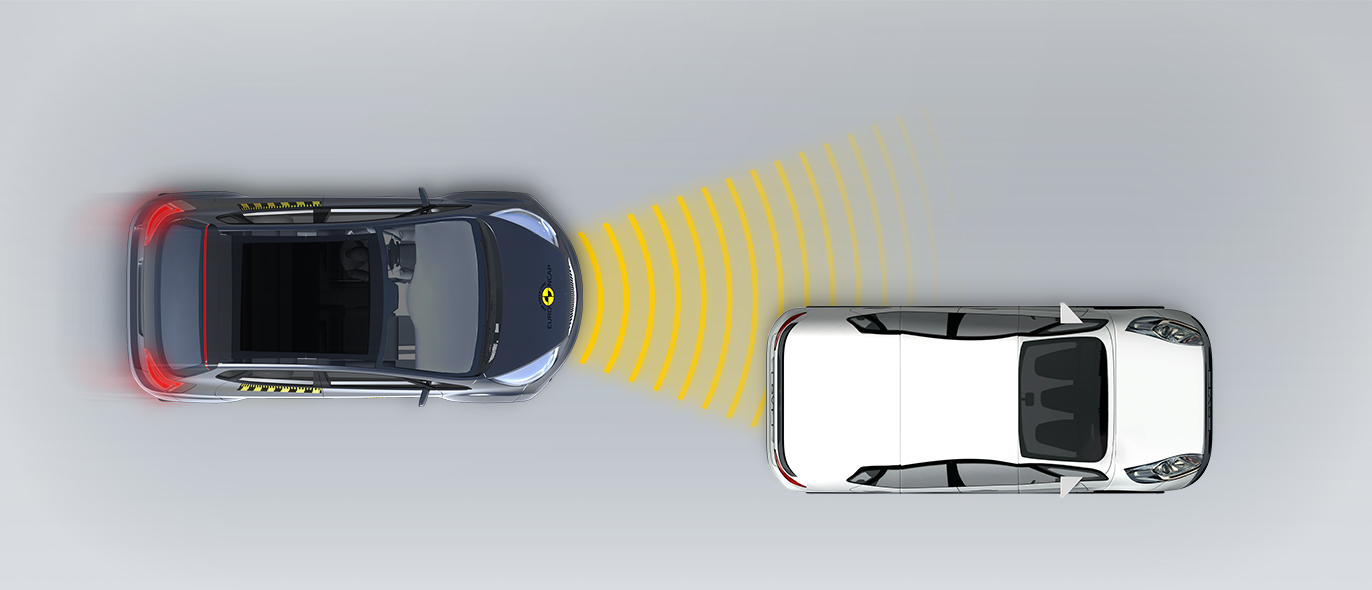
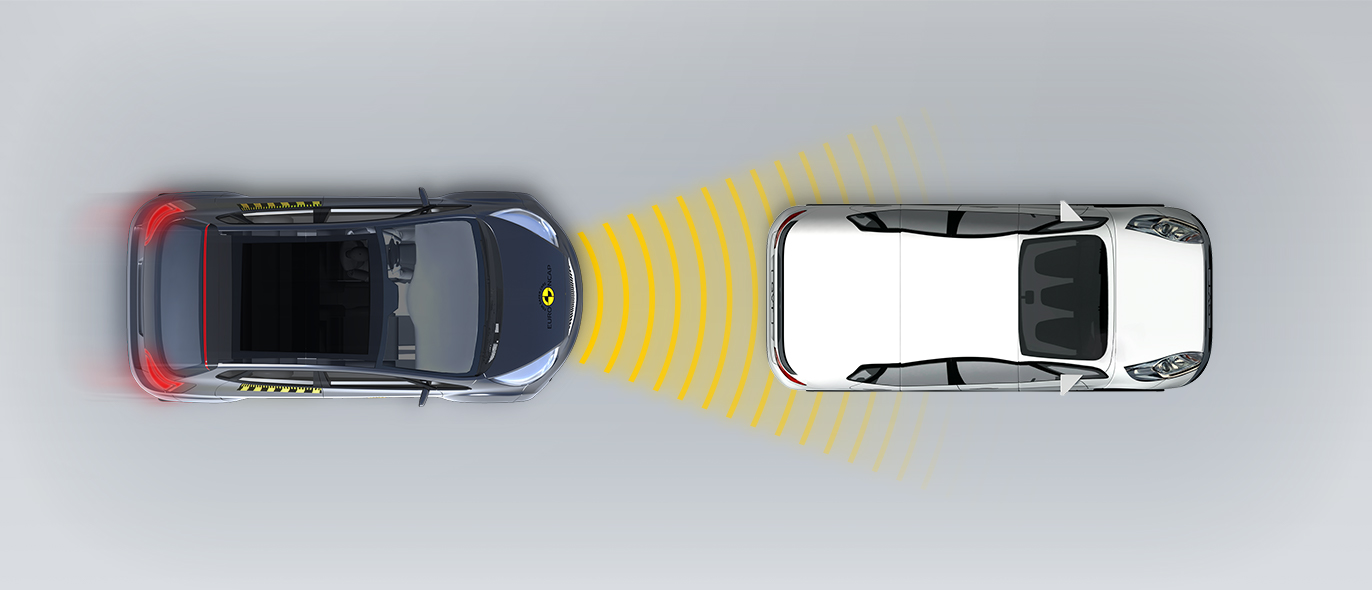
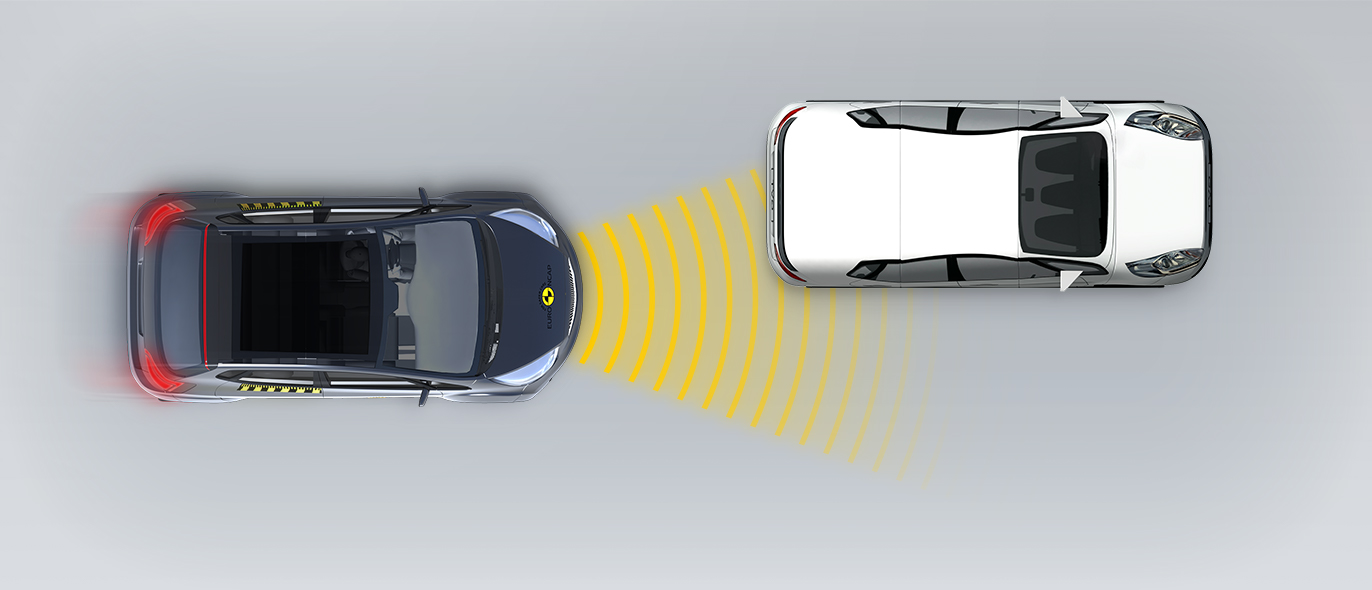

The passenger compartment of the GLE remained stable in the frontal offset test. Dummy readings indicated good protection of the knees and femurs of the driver and passenger. Mercedes-Benz showed that a similar level of protection would be provided to occupants of different sizes and to those sitting in different positions. In the full-width rigid barrier test, protection of all critical body areas was good for the driver and at least adequate for the rear passenger. In the side barrier test, protection of all critical body areas was good and the car scored full points in this test. In the more severe side pole impact, dummy readings of chest compression indicated marginal protection of this body region, with other critical body areas being well protected. Tests on the front seats and head restraints demonstrated good protection against whiplash injuries in the event of a rear-end collision. A geometric assessment of the rear seats also indicated good whiplash protection. The standard-fit autonomous emergency braking (AEB) system performed well in tests of its functionality at the low speeds at which many whiplash injuries occur.